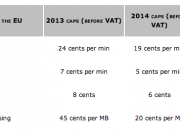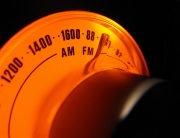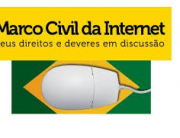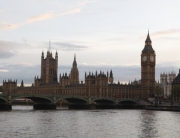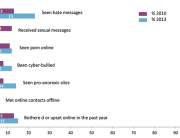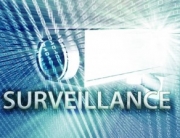A stable long term policy solution for the audio PMSE (Programme Making and Special Events) industry is being sought out by The European Commission. A new system comprising of harmonization and semi-harmonization was presented last week to a PMSE working session in Brussels.
A small portion of harmonized spectrum would be secured for audio PMSE with an additional tuning range. The proposed framework would also designate the majority of PMSE spectrum in the hands of the national regulators.
The commission put forward a three-part proposal. The first of which would be the allocation to audio PMSE 29 MHz of spectrum in the duplex gaps of 800MHz and 1800MHz. The CEPT Report 50 includes technical studies upon which this decision is based. However, LTE signals pose harmful interference to this spectrum. Technical solutions were presented at the workshop could allay some of the fears from the PMSE community regarding this band. For example, The Joint Research Centre believes that the interference could be avoided by using small cells at indoor events for cellular networks.
The second proposal would be to make 30MHz available in the 470-790MHz band tuning range upon request. The majority of Audio PMSE devices use this tuning range. The third element of the proposal would allow member states, at their own discretion, to assign additional spectrum on a case by case basis.
PMSE industry players and EU member states have been asked to provide insight on the matter. The intention is to later present the proposal to the inter-governmental Radio Spectrum Committee.








